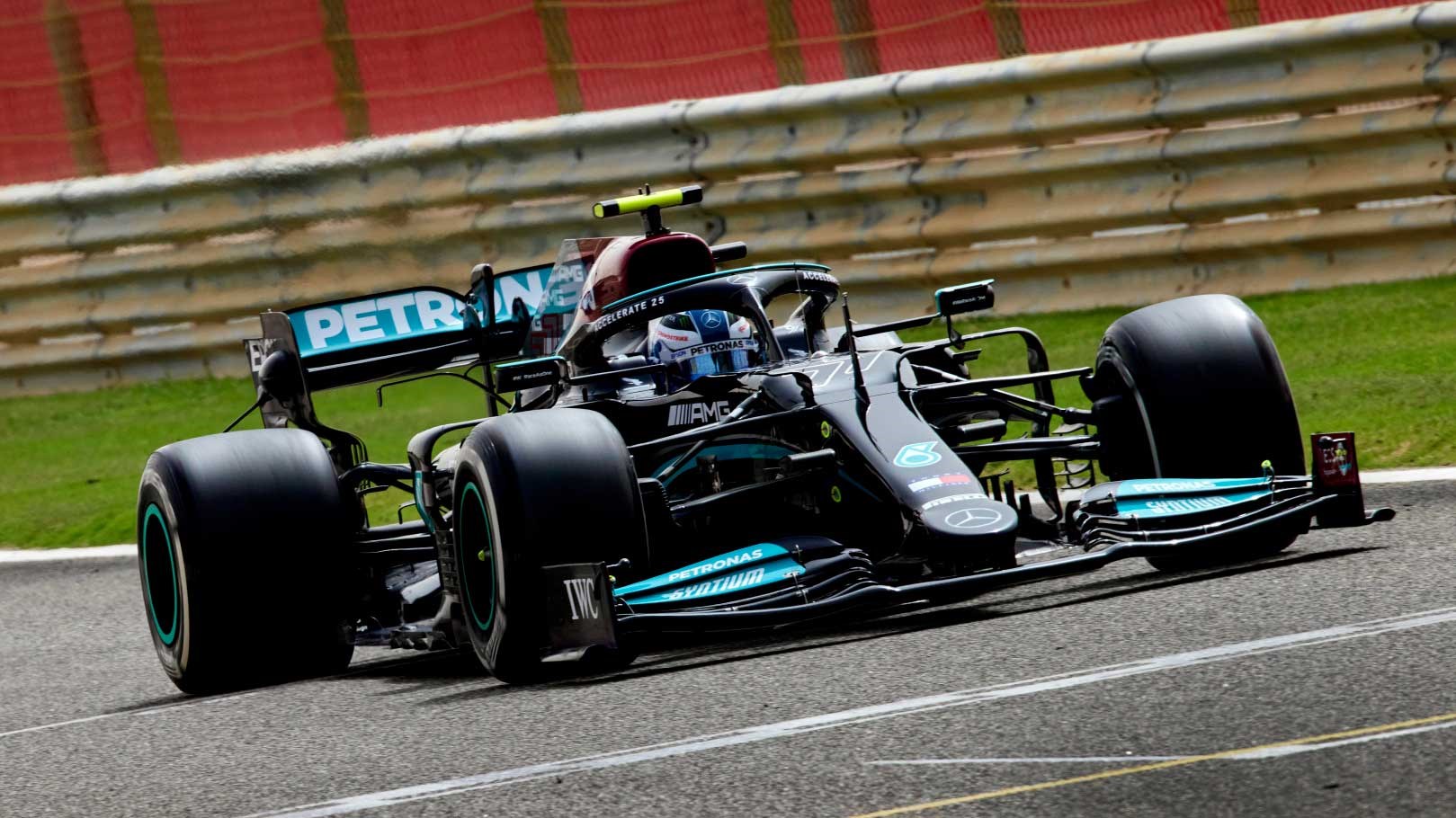Gearing up for the future of Formula 1 racing, the anticipation surrounding the projected lineups for the 2025 season is mounting. The world of F1 is constantly evolving, with teams seeking the perfect blend of talent and technology to stay ahead of the competition. As we delve into the crystal ball to predict the drivers who will grace the tracks in 2025, the excitement is palpable. From rising stars to seasoned champions, the F1 2025 lineups promise a spectacle of skill, speed, and strategy. Join us as we analyze the potential driver rosters and team combinations that could define the landscape of Formula 1 in the coming years.
Introduction: Exploring the Exciting World of Formula 1
Formula 1, also known as F1, is a thrilling motorsport that captivates audiences worldwide. The high-speed races, cutting-edge technology, and top-notch athleticism make it one of the most prestigious racing categories globally.
The History of F1
Formula 1 has a rich history dating back to 1950, with legendary drivers like Michael Schumacher and Ayrton Senna leaving a lasting impact on the sport.
Over the years, F1 2025 lineups have evolved, introducing new teams and drivers who bring innovation and competitiveness to the track.
Exciting Innovations in F1
Formula 1 is constantly pushing the boundaries of technology, with advancements such as hybrid power units and aerodynamic improvements revolutionizing the sport.
Looking ahead to 2025, we can expect even more groundbreaking developments that will shape the future of F1.

The Evolution of F1: A Look Back at the Sport’s History
Formula 1, or F1, has a rich history dating back to its inception in 1950. Over the decades, the sport has evolved significantly, witnessing technological advancements, changes in regulations, and shifting driver dynamics.
Early Years of F1
The early years of F1 were marked by iconic races, legendary drivers, and constant innovation. Teams like Ferrari, Mercedes, and McLaren established themselves as powerhouses in the sport.
The 1950s and 1960s saw fierce competition between drivers such as Juan Manuel Fangio, Stirling Moss, and Jim Clark, who became household names in the racing world.
Technological Advancements
As the years progressed, F1 witnessed significant technological advancements in aerodynamics, engine performance, and safety measures. Innovations like hybrid power units and advanced telemetry systems revolutionized the sport.
Teams invested heavily in research and development to gain a competitive edge, pushing the limits of engineering and design.
Technological Advances in F1: How Innovation Shapes the Future
As we gear up for the future of F1 in 2025, technological advances play a crucial role in shaping the sport’s landscape. Cutting-edge innovations drive performance enhancements, safety improvements, and sustainability initiatives.
Hybrid Power Units
The introduction of hybrid power units revolutionized F1, blending internal combustion engines with electrical energy recovery systems. This technology optimizes power output while increasing fuel efficiency and reducing carbon emissions.
Hybrid power units have transformed the dynamics of F1 races, emphasizing energy management and strategic decision-making during the race.
Aerodynamic Enhancements
Advanced aerodynamics continue to be a focal point in F1 design, with teams leveraging wind tunnels and computational fluid dynamics to refine their cars’ airflow and downforce. These enhancements improve cornering speeds and overall performance on the track.
Teams are constantly pushing the boundaries of aerodynamic efficiency, seeking that competitive edge over their rivals.
Key Factors Influencing F1 2025 Lineups
As we gear up for the anticipated year 2025 in Formula 1, several key factors will shape the lineup of teams and drivers on the grid. These factors are pivotal in determining the success and competitiveness of the sport.
Technological Innovations
The advancements in technology, such as hybrid power units and aerodynamics, will continue to play a significant role in F1 2025 lineups. Teams that can adapt and innovate technologically will have a competitive edge.
Furthermore, the implementation of sustainable practices and eco-friendly initiatives will also influence team strategies and driver selections.
Youth Development Programs
With a shift towards younger and more talented drivers entering the scene, youth development programs will be crucial in nurturing future F1 stars. Teams investing in scouting and training young talents will shape the composition of F1 lineups.
- Identification of promising young drivers
- Training and mentorship programs
- Talent progression pathways
Driver Predictions: Who Will Dominate the Grid in 2025
As we gear up for the exhilarating F1 2025 season, fans and experts alike are abuzz with speculation about the potential dominant forces on the grid. With technological advancements and evolving talent, the competition is bound to be fierce.
Potential Front-Runners
Among the frontrunners for dominance in F1 2025 are seasoned champions Lewis Hamilton and Max Verstappen, whose rivalry is expected to escalate. Additionally, emerging talents like Lando Norris and Charles Leclerc are poised to shake up the grid.
Technological Advancements
With the rapid evolution of hybrid engines and aerodynamics, teams like Mercedes AMG Petronas and Red Bull Racing are likely to maintain their competitive edge. Furthermore, McLaren and Ferrari are on the rise with innovative advancements.
Team Dynamics and Changes: Impact on Lineup Selection
Team dynamics play a crucial role in determining F1 2025 lineups. As teams evolve and adapt to new technologies, driver skills, and race strategies, the selection process becomes more strategic.
Driver Performance Metrics
Teams analyze driver performance metrics such as lap times, consistency, race pace, and adaptability to different track conditions to optimize lineup selection for F1 2025.
It’s essential to constantly monitor and assess the strengths and weaknesses of drivers to ensure the best possible lineup.
Team Collaboration and Chemistry
Building strong team collaboration and chemistry is vital for success in F1. Teams must consider how drivers work together, communicate, and support each other both on and off the track.
- Effective teamwork enhances overall performance.
- Positive interactions lead to a cohesive and motivated lineup.
Challenges and Opportunities for F1 Teams in the Coming Years
As we gear up for F1 2025 lineups, teams are facing a host of challenges and opportunities on the horizon. From technological advancements to evolving regulations, the racing landscape is set for significant changes.
Technological Innovations
With the future of F1 set to be more tech-driven than ever, teams must continuously innovate to stay ahead of the competition. Embracing AI, data analytics, and simulation technologies will be crucial.
Teams are investing heavily in research and development to maximize performance on the track, pushing the boundaries of what’s possible in terms of speed, efficiency, and safety.
Regulatory Challenges
The ever-changing regulatory landscape poses challenges for F1 teams, as they navigate rules on engine development, aerodynamics, and sustainability. Adapting to new regulations while maintaining competitive edge is a delicate balance.
Stricter emission standards and sustainability goals are prompting teams to explore alternative fuels and greener technologies, presenting both challenges and opportunities for innovation.
Regulatory Environment and Its Influence on Team Strategies
As we gear up for F1 2025, the regulatory environment plays a pivotal role in shaping team strategies. Teams need to adapt to the ever-evolving rules and regulations set by the FIA to stay competitive in the dynamic world of Formula 1.
Stricter Aerodynamic Regulations
The upcoming season is expected to witness stricter aerodynamic regulations aimed at promoting closer racing and reducing the performance gaps between teams. This will require teams to innovate and find new ways to optimize their cars for maximum performance.
Shift towards Sustainable Practices
With a growing focus on sustainability and environmental responsibility, F1 teams are under pressure to adopt greener technologies and reduce their carbon footprint. This shift towards sustainable practices will not only impact the design of the cars but also influence team strategies both on and off the track.
Future of F1: Speculations and Expectations Beyond 2025
As we look ahead beyond 2025, the future of F1 is ripe with excitement and anticipation. With evolving technologies, changes in regulations, and the emergence of new talents, the landscape of F1 is set to undergo significant transformations.
Possible Technological Advancements
Advanced hybrid power units, sustainable fuel options, and enhanced aerodynamics are expected to revolutionize the performance of F1 cars post-2025. These advancements are likely to make races even more thrilling and competitive.
New Generation of Drivers
With established drivers like Lewis Hamilton and Sebastian Vettel approaching the twilight of their careers, the spotlight will shift to a new generation of young and dynamic racers. This transition is anticipated to bring fresh energy and rivalries to the sport.
Frequently Asked Questions
- How are F1 lineups predicted for 2025?
- F1 lineups for 2025 are typically predicted based on various factors such as driver performances, team dynamics, emerging talents, and potential transfers.
- Who are some of the young talents expected to make it to F1 by 2025?
- Young talents like Oscar Piastri, Théo Pourchaire, and Logan Sargeant are among those expected to make their debut in F1 by 2025, according to predictions.
- What role does technology play in predicting F1 lineups for the future?
- Technology, such as data analytics and simulation tools, plays a significant role in predicting F1 lineups for the future by providing insights into driver performances, team strategies, and race outcomes.
- Are there any rule changes or regulations expected to impact F1 lineups by 2025?
- Yes, potential rule changes and regulations, such as budget caps, revised technical specifications, and sustainability measures, could impact F1 lineups by 2025.
- How accurate are these predictions for F1 2025 lineups?
- Predictions for F1 2025 lineups are speculative and subject to change based on real-world developments in the sport, so their accuracy may vary.
Revving Towards the Future: F1 2025 Lineups
As we look forward to the future of Formula 1 in 2025, the anticipation for the lineups and team compositions is at an all-time high. The landscape of F1 is set to evolve with new talents emerging and established drivers making their mark. Teams will have to adapt to the changing dynamics of the sport to stay competitive and relevant. With technological advancements and regulatory changes on the horizon, the lineup predictions serve as a glimpse into the exciting possibilities that lie ahead. Fans can expect fierce rivalries, groundbreaking innovations, and thrilling races as the sport continues to captivate audiences worldwide. In summary, F1 2025 lineups promise a future that is both exhilarating and unpredictable, setting the stage for a new era in motorsport.




